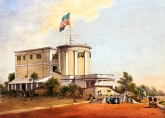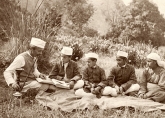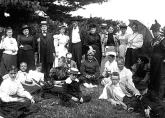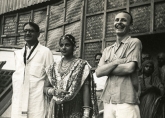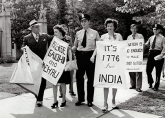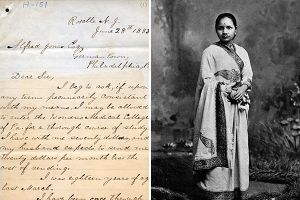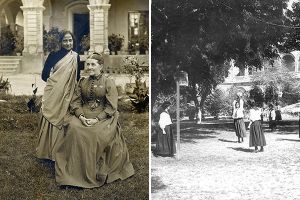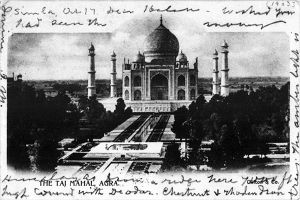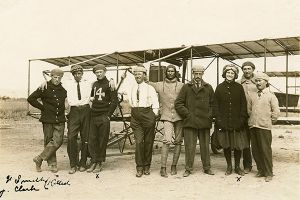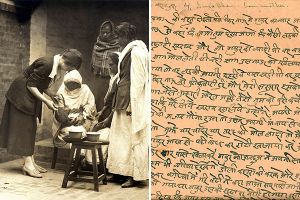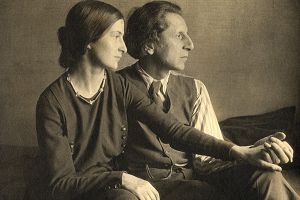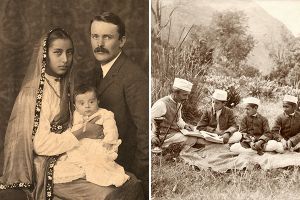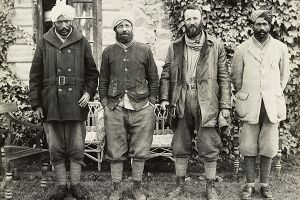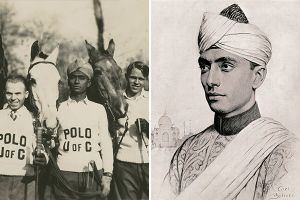Gaining Knowledge and Understanding
From the outset, encounters between Americans and Indians offered new perspectives about dramatically different ways of life and forms of knowledge. Exposure to varied religious beliefs, agricultural practices, manufactured goods, literatures, and artistic styles provided profound learning experiences. For some, opportunities to learn or to teach were paramount motivations for undertaking daunting months-long journeys halfway around the world to live in unfamiliar circumstances.
A small but steady stream of Indians traveled to America for professional studies in fields that ranged from aviation to medicine. In the 1880s, Anandibai Joshee appealed to the Women’s College of Pennsylvania to admit her so that she could save others from suffering, as she had, the preventable loss of a child. At the turn of the century, renowned industrialist and philanthropist J. N. Tata consulted American experts and visited factories and steel mills in the United States to advance his ambitious plan for steel production in India. B. R. Ambedkar earned post-graduate degrees at Columbia University by 1917, and utilized his American experience as leader of the Dalit movement and principal architect of the constitution for the Republic of India.
Similarly, Americans made the journey in the other direction for studies in India. In 1879, Francis Marion Crawford arrived in Bombay to study Sanskrit. After returning home, he became a pioneering American Sanskritist, translating hymns from the Rig Veda into English. In 1925, the Field Museum of Natural History in Chicago – intent on building an encyclopedic collection of animal species – commissioned the sons of former U.S. president Theodore Roosevelt for an expedition to the Himalayas. In Srinagar, Kermit and Ted Jr. teamed up with expert shikaris (hunting guides), brothers Rahim and Khalil Lone. Together, they collected more than 2,000 specimens.
Other Americans went to India as educators. Several women, initially drawn to missionary work, focused on medicine. Isabella Thoburn and Clara Swain arrived together in 1870 and made their marks by establishing a women’s college and a women’s hospital, respectively. Decades later, Ida Scudder opened a medical school for women, the Christian Medical College, and a hospital in Vellore in 1928. Samuel Evans Stokes, originally from Philadelphia, found his true home in India helping those most in need, including lepers and earthquake victims. Stokes married a Christian Rajput and settled in Shimla, where he successfully introduced apples, the region’s principal export crop to this day.
Indian educators contributed to the American scene in equally diverse ways. As early as the 1850s, Joguth Chunder Gangooly, who converted to Unitarianism, traveled from Calcutta to Boston. Dismayed by American misconceptions about India, he wrote Life and Religion of the Hindoos to provide deeper insight into his homeland. In the early twentieth century, Ananda Coomaraswamy brought his extraordinary collection of Indian paintings to the Museum of Fine Arts in Boston. Through his work as a curator and scholar, Coomaraswamy successfully forged a place for Indian art in the Western world.
